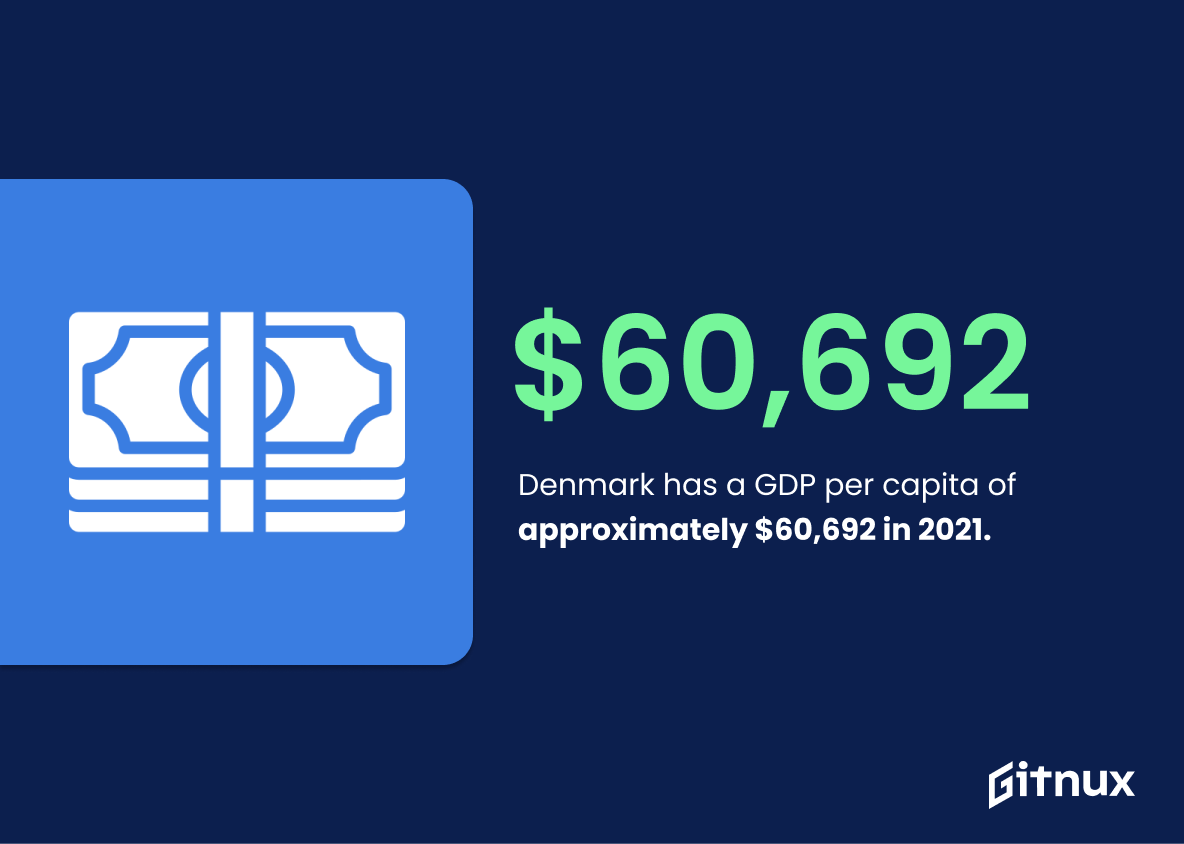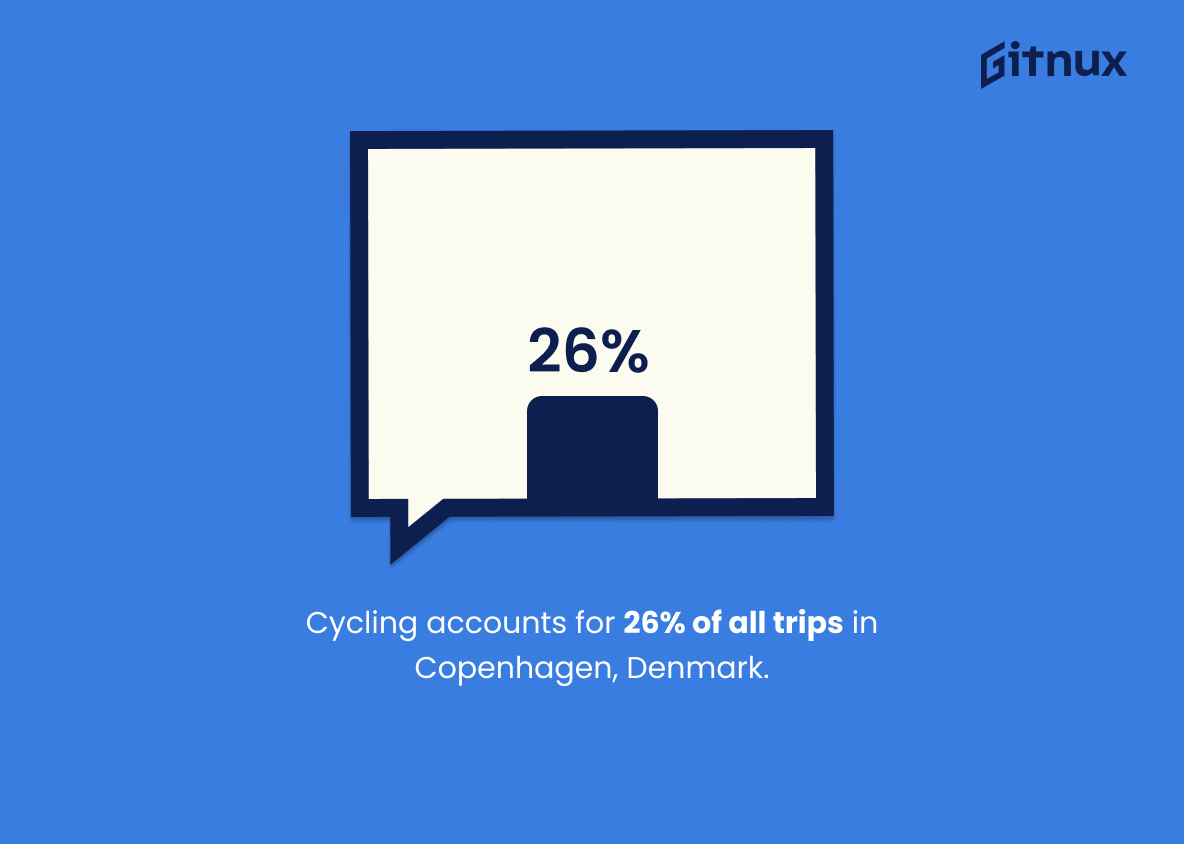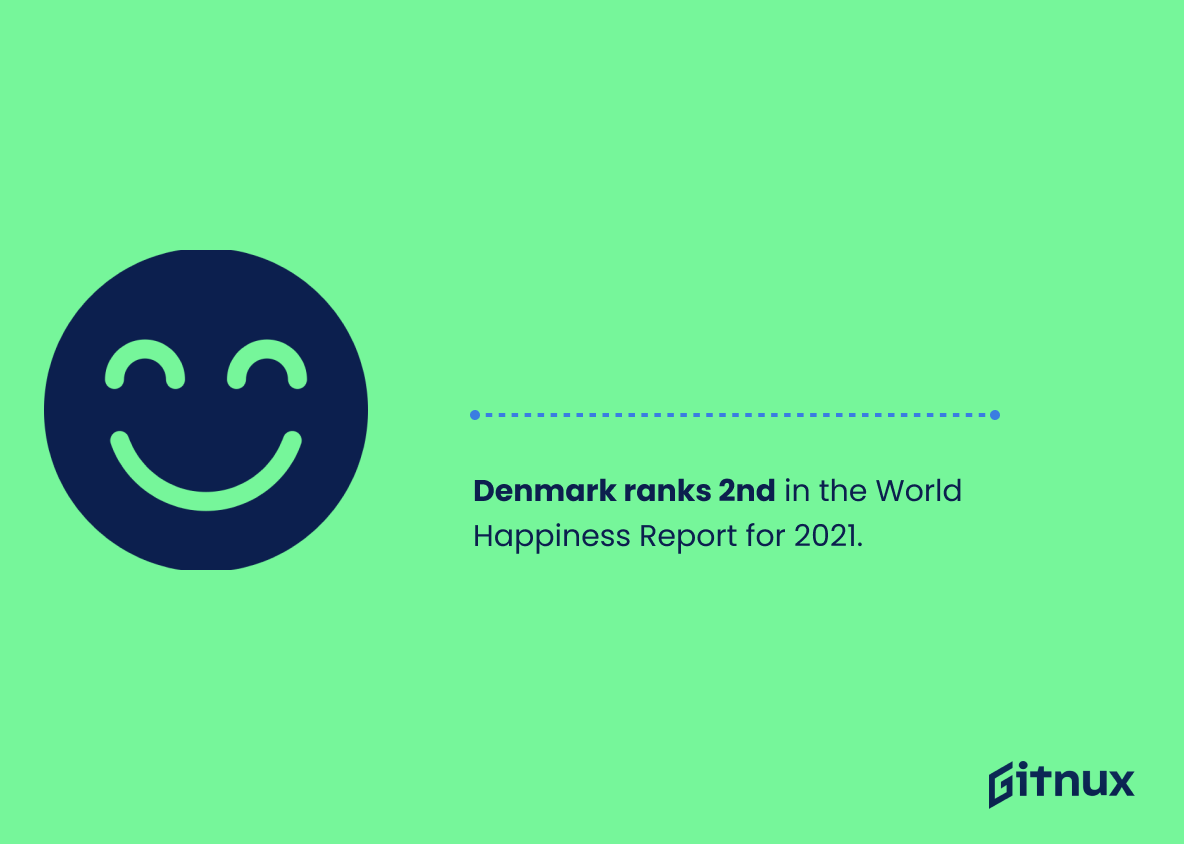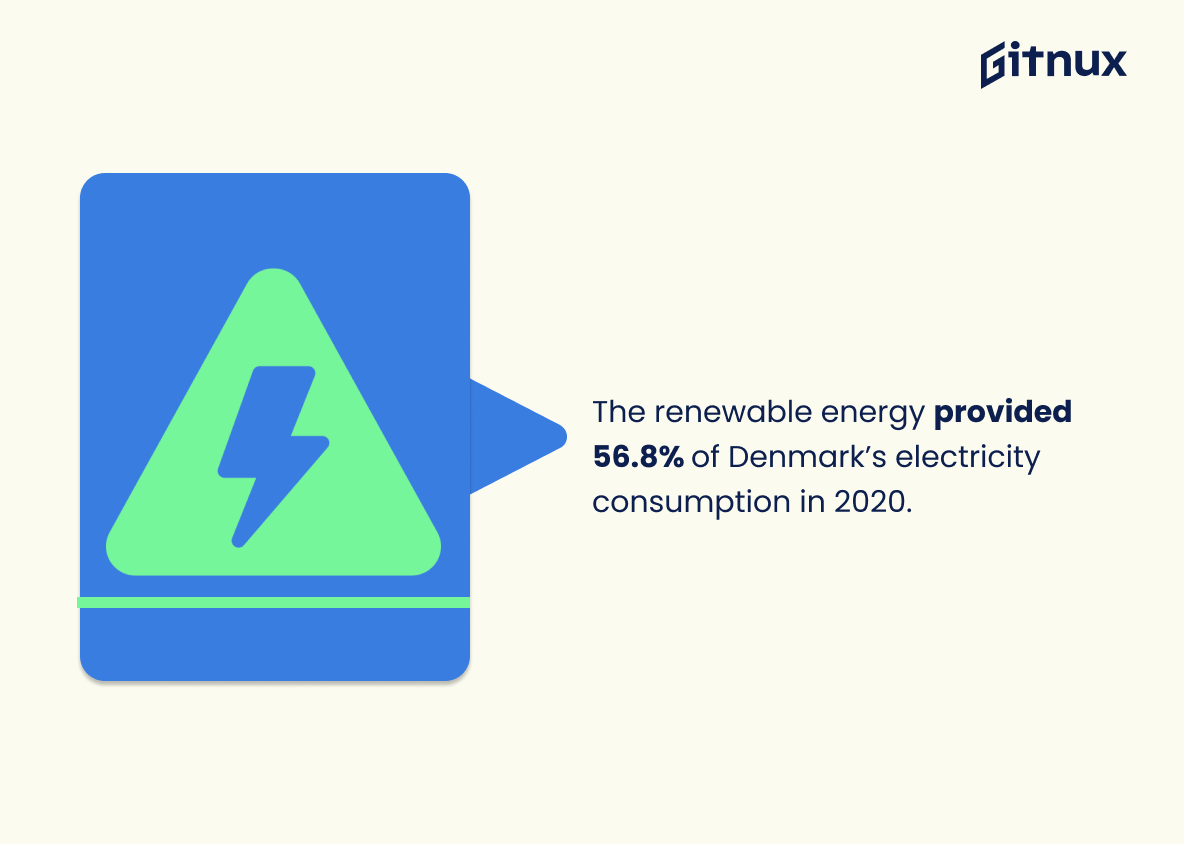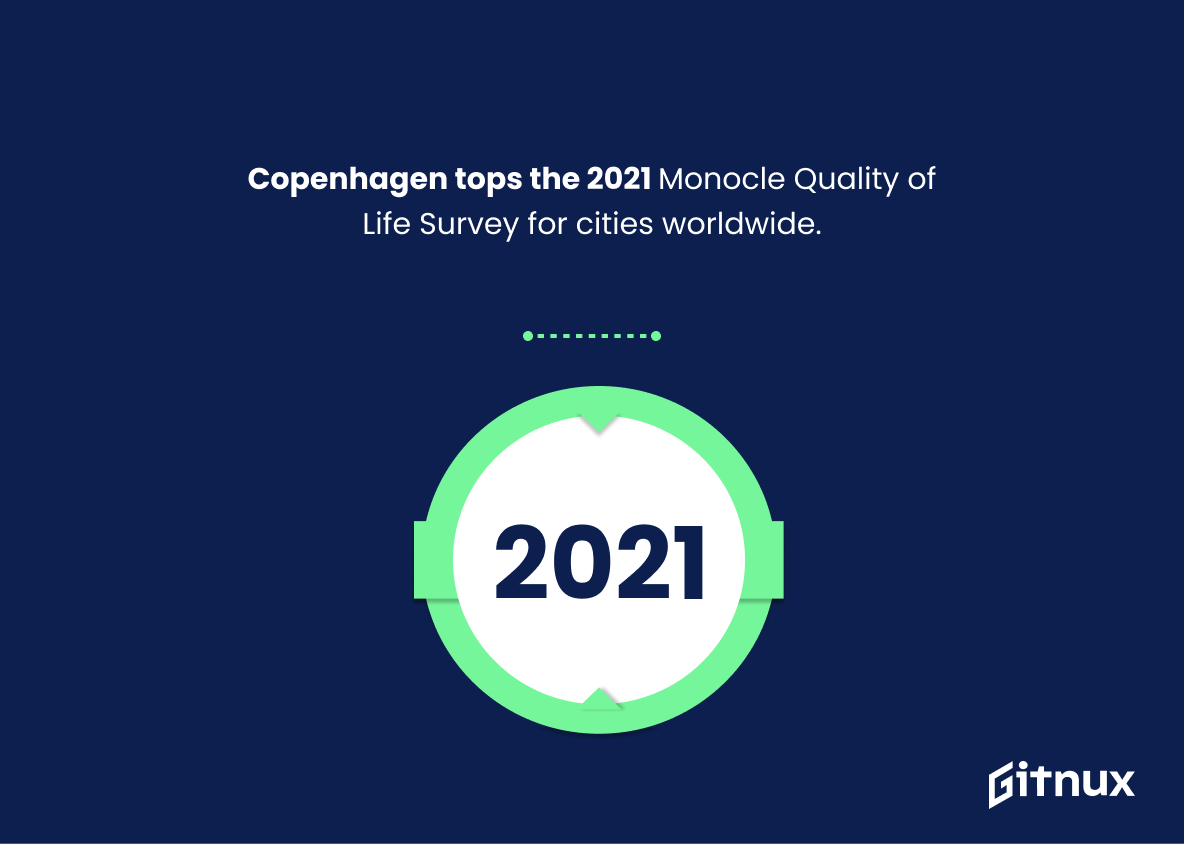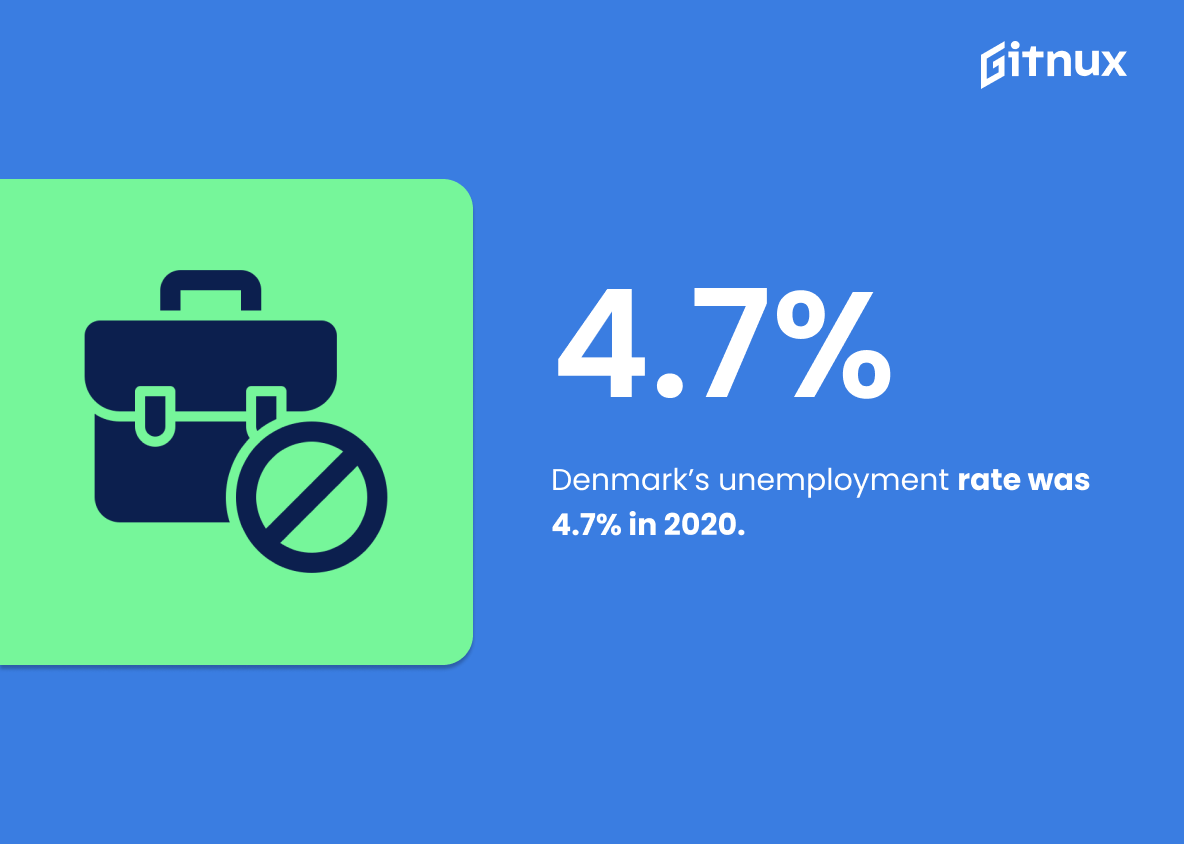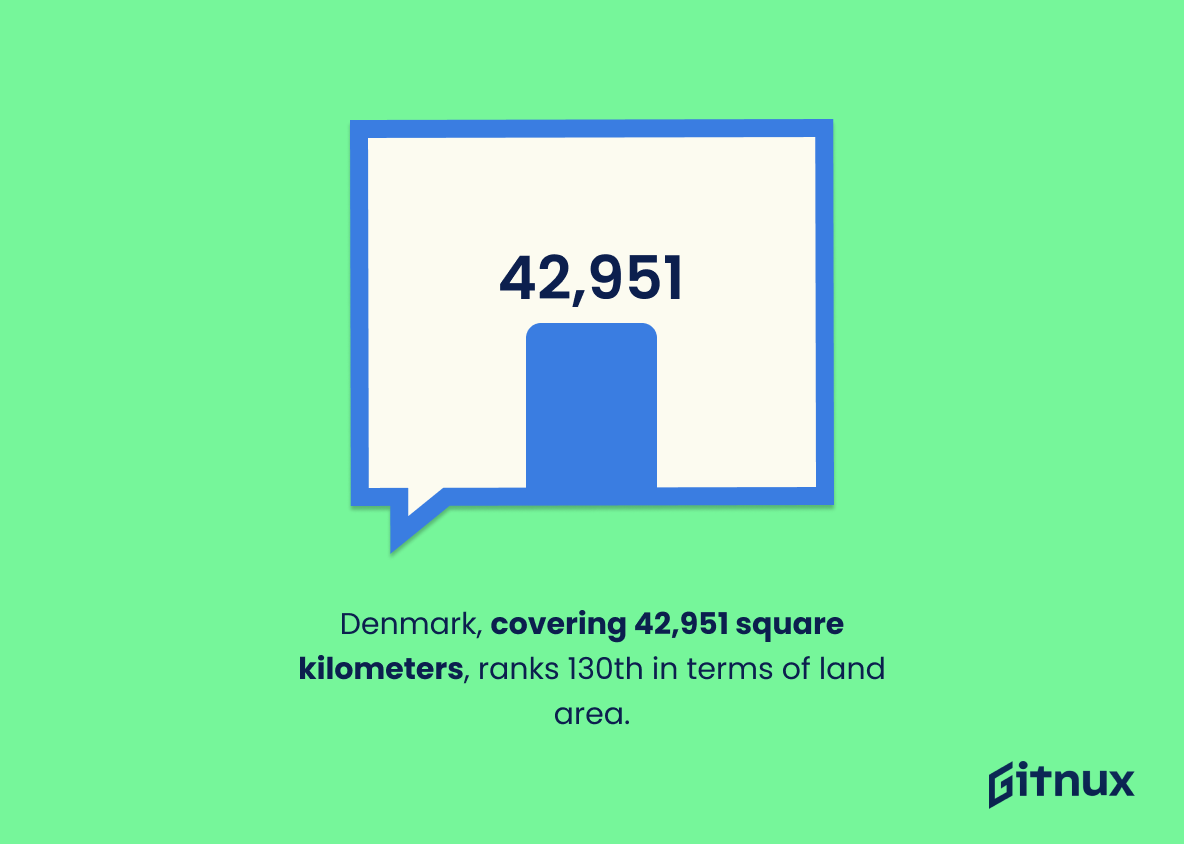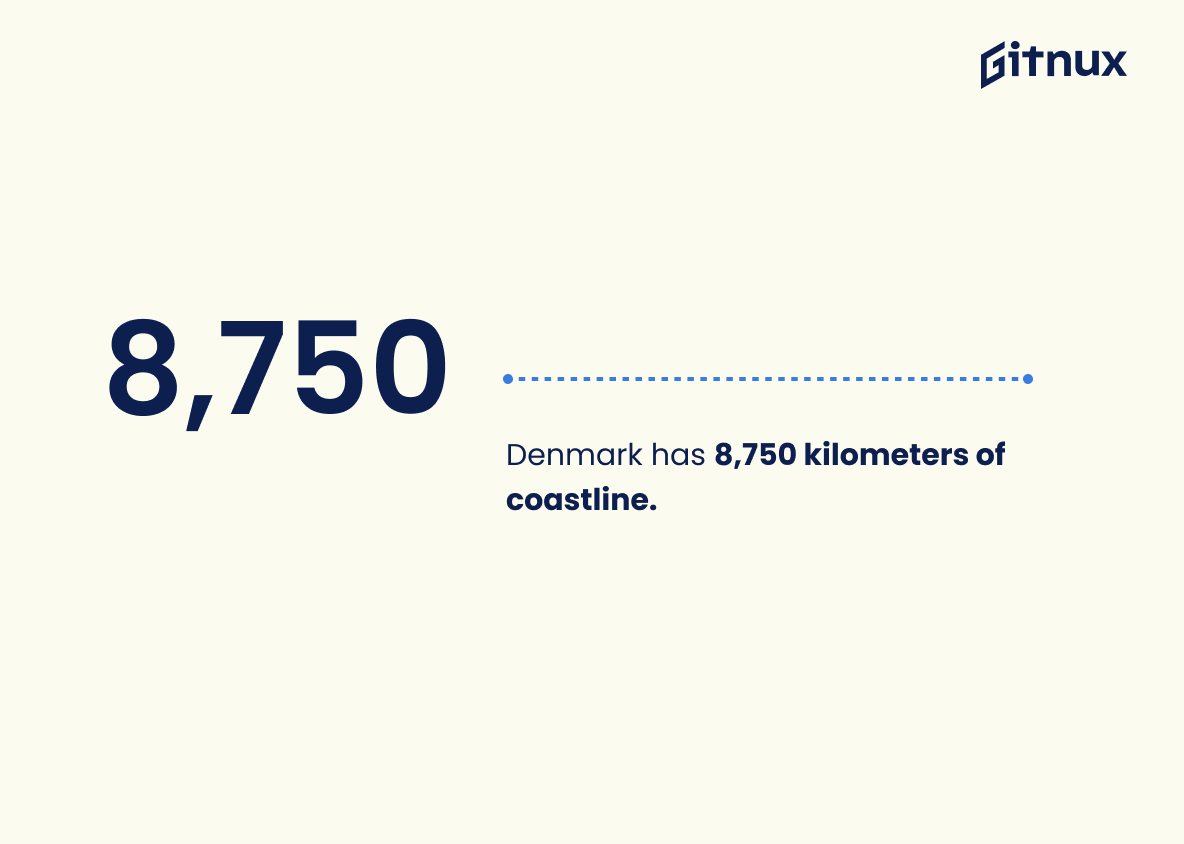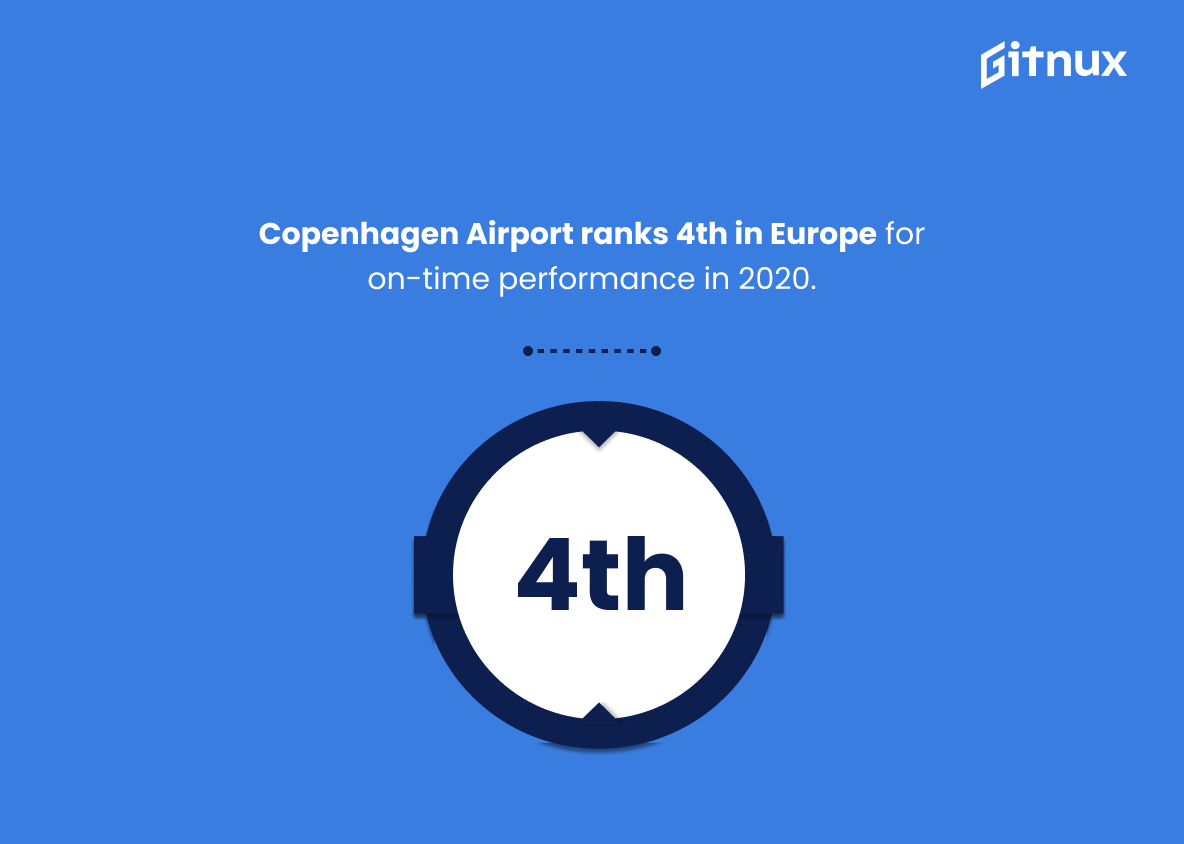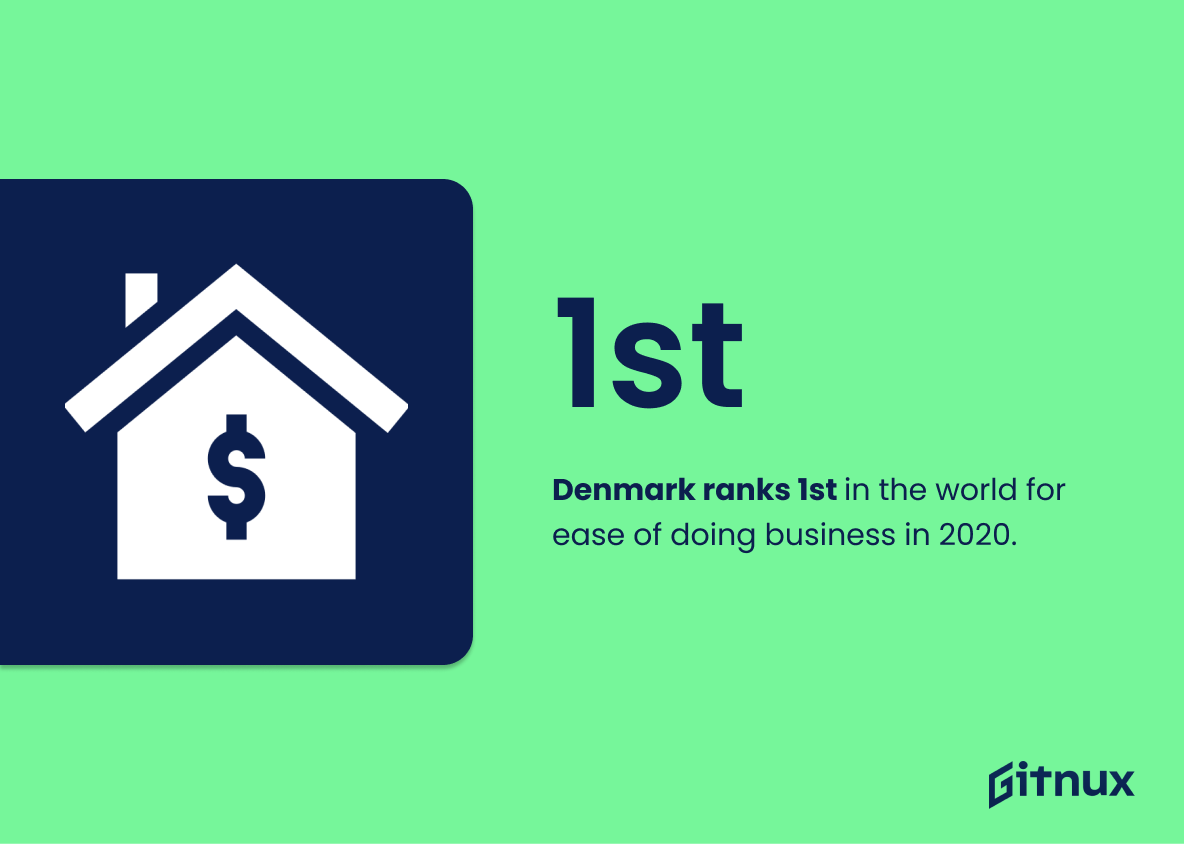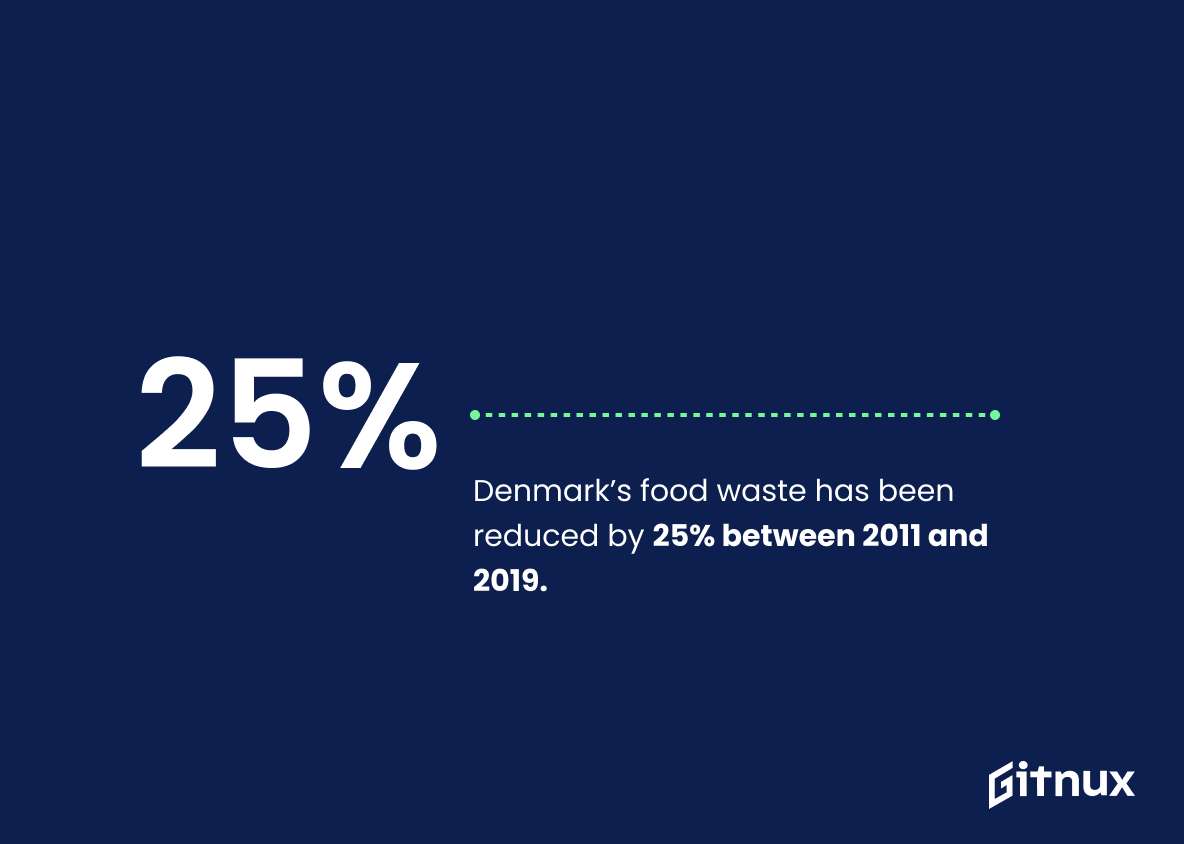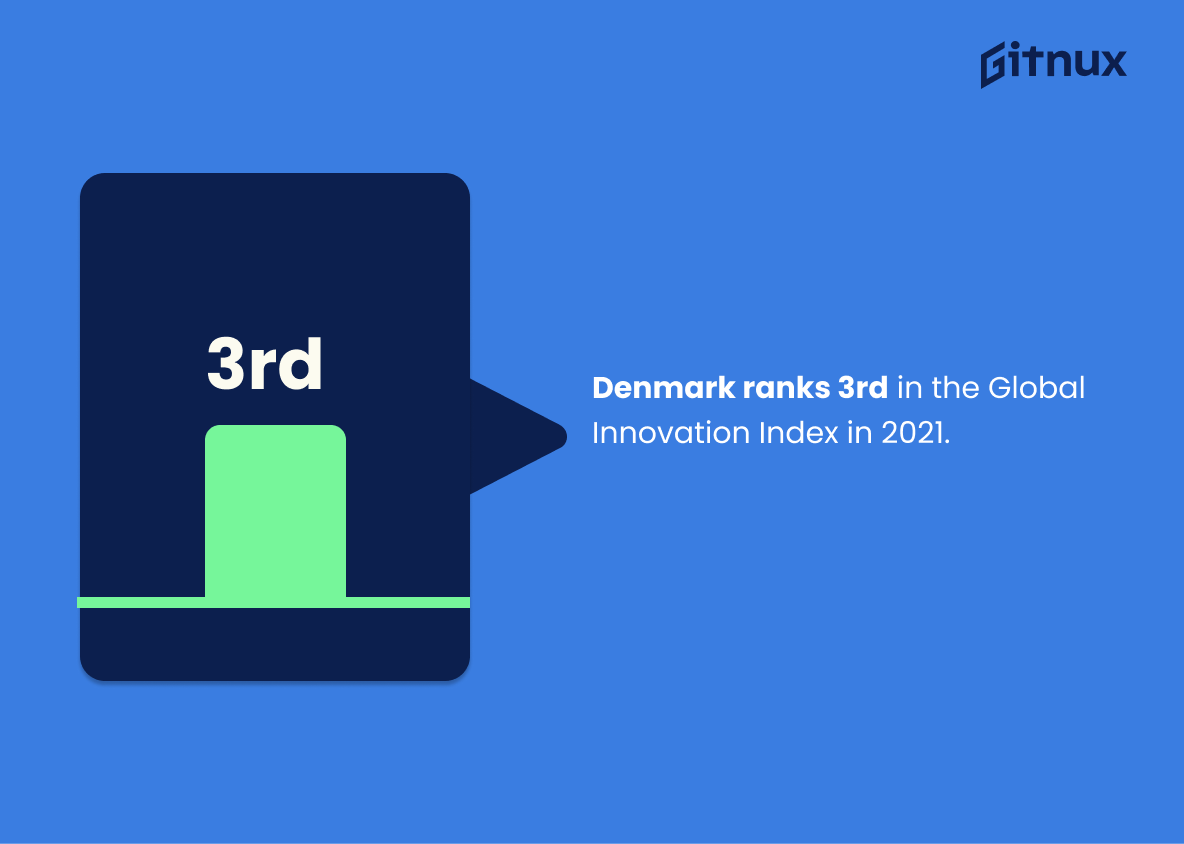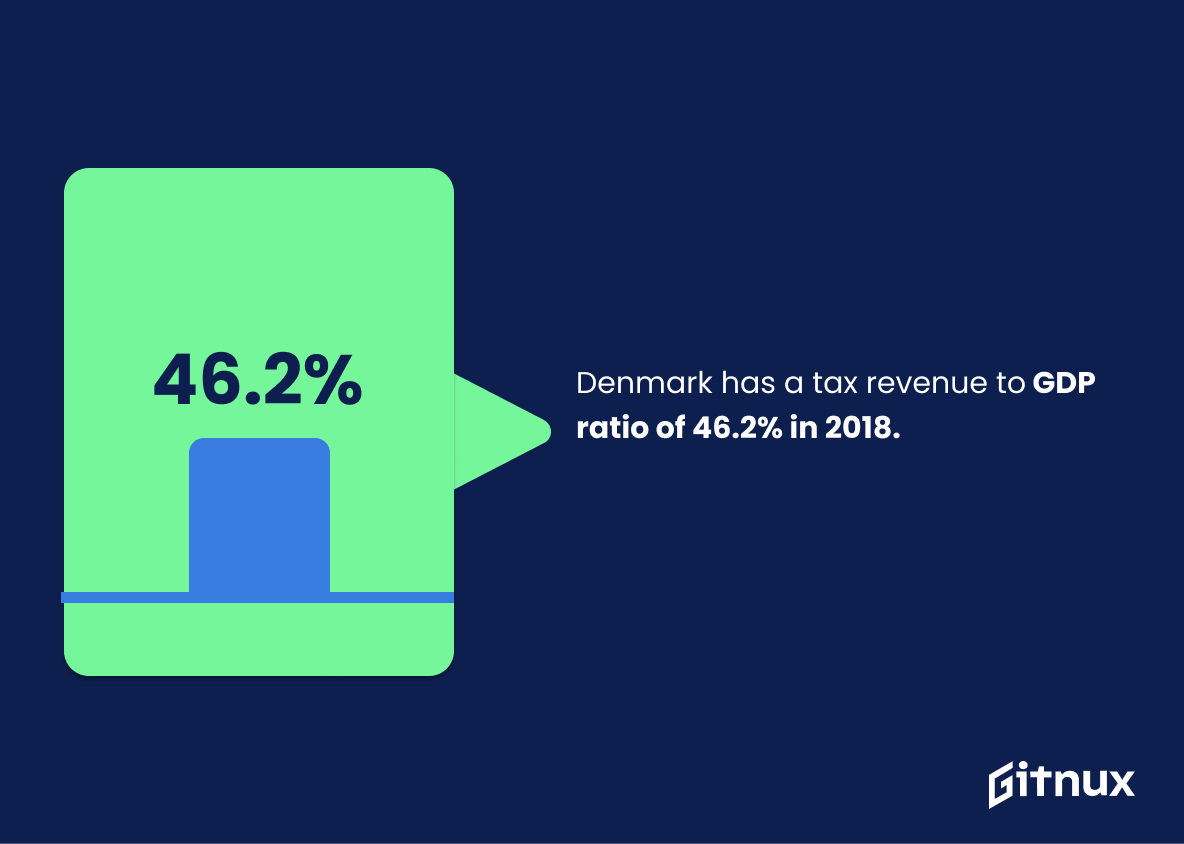Denmark is a small but prosperous country with many impressive statistics. According to the 2021 Prosperity Index, Denmark ranks 12th in the world for prosperity. The life expectancy of Danish citizens is 81.6 years and there are approximately 5.8 million people living in Denmark as of July 2021. With a GDP per capita of $60,692, cycling accounting for 26% of all trips taken within Copenhagen, and ranking 2nd on the World Happiness Report for 2021 – it’s no wonder why so many people choose to call this beautiful nation home.
In addition to its high quality of life standards, Denmark also has an impressive track record when it comes to renewable energy sources; 56.8% percent was provided by renewables in 2020 alone. Furthermore, Copenhagen holds first place globally according to Monocle Quality Of Life Survey’s city rankings while unemployment rate stands at 4.7%. As if that wasn’t enough – Denmark covers 42 951 square kilometers with 8 750 kilometers worth coastline making them 130th largest country by area size worldwide and their tax revenue-to-GDP ratio sits at 46%.2%, respectively . Finally LEGO Group which originated from here sold more than 400 billion bricks since 1932 while Copenhagen Airport ranked fourth best airport regarding punctuality across Europe last year (2020). All these facts combined make up what makes modern day Denmark such an attractive destination both domestically and internationally alike.
Denmark Statistics Overview
Denmark has a GDP per capita of approximately $60,692 in 2021.
GDP per capita is an important indicator of the economic health of a country, and in the case of Denmark, it is clear that the nation is doing well. This statistic speaks to the overall prosperity of the Danish people, and provides insight into the quality of life they enjoy. It is also a useful metric for comparing Denmark to other countries, and understanding how it stacks up in terms of economic performance. As such, this statistic is an invaluable part of any discussion about Denmark’s statistics.
Cycling accounts for 26% of all trips in Copenhagen, Denmark.
This statistic is a testament to the success of Copenhagen’s commitment to promoting cycling as a viable form of transportation. It highlights the city’s dedication to creating a healthier, more sustainable environment for its citizens and visitors alike. Furthermore, it serves as an example of how cities around the world can strive to reduce their carbon footprint and create a more livable environment.
Denmark ranks 2nd in the World Happiness Report for 2021.
The World Happiness Report for 2021 has placed Denmark in a prestigious position, ranking it second in the world. This is a testament to the country’s commitment to creating a high quality of life for its citizens, and serves as a reminder of the importance of prioritizing happiness and wellbeing.
The renewable energy provided 56.8% of Denmark’s electricity consumption in 2020.
This statistic is a testament to Denmark’s commitment to sustainability and renewable energy. It highlights the country’s dedication to reducing its carbon footprint and protecting the environment. It also shows that Denmark is leading the way in renewable energy production, setting an example for other countries to follow.
Copenhagen ranks 1st in the world for quality of living by city for 2021, according to Monocle Quality of Life Survey.
This statistic is a testament to the high quality of life that Copenhagen offers its citizens. It is a reflection of the city’s commitment to providing its residents with a safe, comfortable, and enjoyable environment. This ranking is a great source of pride for the people of Denmark and serves as a reminder of the country’s dedication to creating a better quality of life for its citizens.
Denmark’s unemployment rate was 4.7% in 2020.
The low unemployment rate of 4.7% in 2020 is a testament to Denmark’s strong economy and its ability to provide jobs for its citizens. This statistic is a reflection of the country’s commitment to economic stability and growth, and it is a sign of the country’s success in providing a secure and prosperous future for its people.
Denmark is the 130th largest country by area, with a territory covering 42,951 square kilometers.
The size of Denmark is an important statistic to consider when discussing the country, as it provides insight into the scope of the nation. Knowing the area of Denmark gives us an understanding of the country’s geographical reach, and can help us to better comprehend the population density, the resources available, and the potential for economic growth.
Denmark has 8,750 kilometers of coastline.
The fact that Denmark has 8,750 kilometers of coastline is an important statistic to consider when discussing Denmark’s geography. With such a vast coastline, Denmark has access to a variety of different bodies of water, including the North Sea, the Baltic Sea, and the Kattegat. This provides Denmark with a wealth of opportunities for fishing, shipping, and tourism, all of which are important sources of income for the country. Additionally, the long coastline gives Denmark a unique and beautiful landscape, making it a popular destination for travelers.
Denmark has a tax revenue to GDP ratio of 46.2% in 2018.
The fact that Denmark has a tax revenue to GDP ratio of 46.2% in 2018 is indicative of the country’s commitment to fiscal responsibility. This is especially impressive when compared to other countries, as it shows that Denmark is able to generate a significant amount of revenue from taxation while still maintaining a healthy economy. This is a testament to the country’s strong economic policies and its ability to manage its finances effectively.
Copenhagen Airport ranks 4th in Europe for on-time performance in 2020.
This statistic is a testament to the efficiency of Copenhagen Airport, highlighting Denmark’s commitment to punctuality and reliability. It is a reflection of the country’s dedication to providing a high-quality service to its customers, and is a great example of the positive impact that Denmark has had on the European aviation industry.
Denmark ranks 1st in the world for ease of doing business in 2020.
The fact that Denmark ranks 1st in the world for ease of doing business in 2020 is a testament to the country’s commitment to creating a business-friendly environment. This is a major draw for entrepreneurs and investors alike, as it provides a secure and reliable platform for them to launch and grow their businesses. This statistic is a reflection of Denmark’s dedication to fostering economic growth and prosperity, and is a key factor in why the country is so attractive to businesses.
Denmark has a smartphone penetration rate of 83.5% in 2022.
This statistic is a testament to Denmark’s technological advancement, as 83.5% of the population will have access to a smartphone in 2022. This indicates that Denmark is keeping up with the latest trends in technology, and is likely to remain a leader in the field. Furthermore, this statistic is indicative of the country’s commitment to providing its citizens with the tools they need to stay connected and informed.
Denmark’s food waste has been reduced by 25% between 2011 and 2019.
This statistic is a testament to Denmark’s commitment to sustainability and environmental protection. It demonstrates the country’s dedication to reducing food waste and preserving resources, which is an important step in creating a more sustainable future. By reducing food waste, Denmark is helping to reduce the amount of greenhouse gases released into the atmosphere, as well as helping to reduce the amount of food that goes to waste. This statistic is a great example of how Denmark is leading the way in sustainability and environmental protection.
Denmark ranks 3rd in the Global Innovation Index in 2021.
This statistic is a testament to Denmark’s commitment to innovation and progress. It highlights the country’s dedication to creating a culture of innovation and development, which is essential for a thriving economy and society. This statistic is a reflection of Denmark’s commitment to staying ahead of the curve and continuing to be a leader in the global innovation landscape.
Conclusion
Denmark is a prosperous and innovative country with many impressive statistics. It has an excellent quality of life, high levels of happiness, and strong economic performance. The population is relatively small but the GDP per capita is among the highest in the world. Denmark also ranks highly for its network readiness, ease of doing business, on-time airport performance, renewable energy use and reduction in food waste over recent years. Cycling accounts for a large proportion of trips taken within Copenhagen while LEGO remains one of Denmark’s most iconic exports since 1932. With all these factors combined it’s no surprise that Denmark continues to be ranked as one of the best countries to live in worldwide year after year.
References
0. – https://www.energinet.dk
1. – https://www.stats.oecd.org
2. – https://www.newzoo.com
3. – https://www.worldometers.info
4. – https://www.monocle.com
5. – https://www.worldhappiness.report
6. – https://www.statista.com
7. – https://www.doingbusiness.org
8. – https://www.data.worldbank.org
9. – https://www.wipo.int
10. – https://www.circularonline.co.uk
11. – https://www.oag.com
12. – https://www.worldpopulationreview.com
13. – https://www.copenhagenizeindex.eu
14. – https://www.cia.gov
